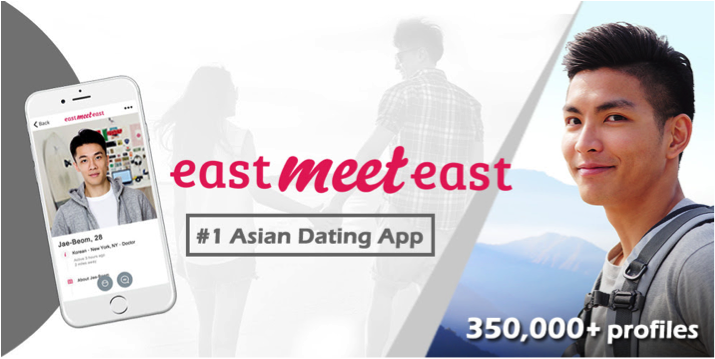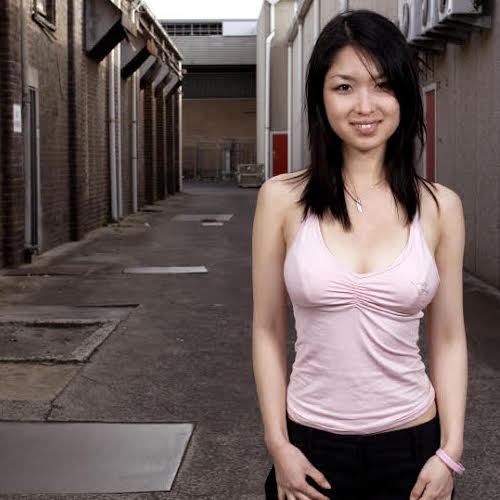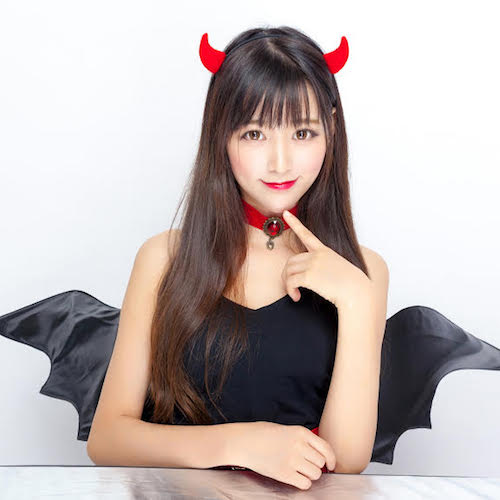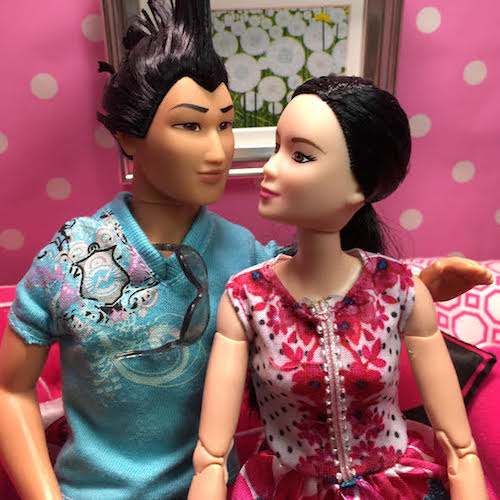Asian American Trend:
More Asians are dating each other. Why?
By (Advertorial) MARCH 2, 2018
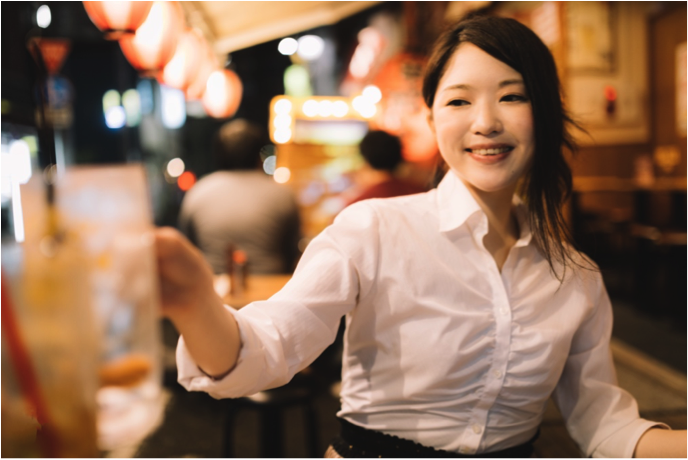
While at Columbia University, Emily Wong, like many of her Asian American friends, only dated outside of her race.
“Some of my friends declared they only date non-Asians as if it was a statement”, says Ms. Wong, a Texas native born to Taiwanese immigrant parents, remembering feeling pressured to be cool.
"With ongoing whitewashing in Hollywood, it’s a little disconcerting. Thinking back, being cool was linked to whiteness for years in my mind."
Recently, Ms. Wong decided to join an Asian dating site called EME Hive, which caters specifically to the Asian and Asian-American population in North America and other English-speaking countries.
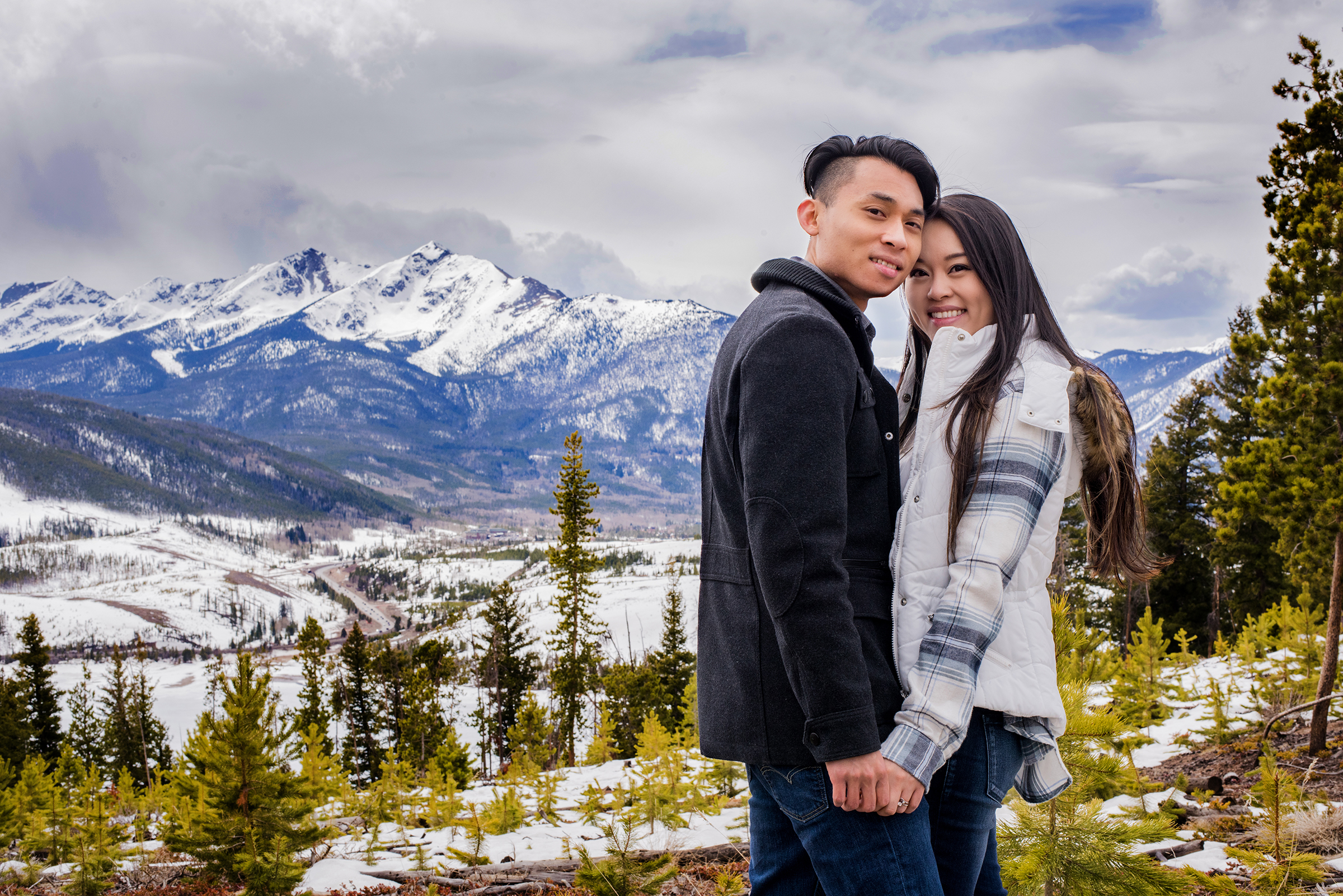 [Hanh & Carolyn met on EME Hive/married in 2017]
[Hanh & Carolyn met on EME Hive/married in 2017]
“I realized that most of the white guys I dated had had at least two other Asian girlfriends before me. And that bothered me. Were they attracted to me as a person or me as an Asian?” Ms. Wong pondered before continuing.
“There was always a cultural disconnect when it came to talking about family, traditions, and even food. Right now, I’m chatting with a banker from Hong Kong on this EME Hive app. He seems nice so far and the conversation is, well, easy.”
She elaborates that “easy” means he does not require much explanation from her in terms of everyday life, like what she eats or how she acts.
Ms. Wong isn’t alone. The new generation of Asian-Americans seem to be embracing intra-racial relationships and looking for those common connections they have struggled to find with partners outside of their race.
Although the latest study from Pew Research Center shows that interracial marriage has been steadily on the rise since 1967 (from 3% to 17% of newlyweds in the U.S. in 2015), there has also been a quietly growing trend of Asian-Americans choosing to marry those with an Asian heritage, though not necessarily the same as their own.
This finding comes from another study which specifically looked at Asian-American interethnic (across different Asian ethnicities) married couples to exam how the definition of assimilation has changed over the years for immigrants and their descendants. The study revealed that within the Asian-American community, couples are forming based on “mutual cultural ease” and bonding over what it means to be a minority, rather than the more expected (and perhaps even archaic) reasons like trying to preserve culture or uphold racial pride. Since many Asian-Americans feel like they fall into a grey area in today’s America, this is a way to gracefully straddle the line between two contrasting ethnicities and cultures.
“Thanks to a huge wave of Asian immigrants from the 1980s, Asian-Americans can now pick from a much larger pool of other Asians. For example, EME Hive's user base grew nearly eightfold from January 2016 till the end of 2017 alone,” said Kenji-Travis Yamazaki, co-founder of EME Hive.
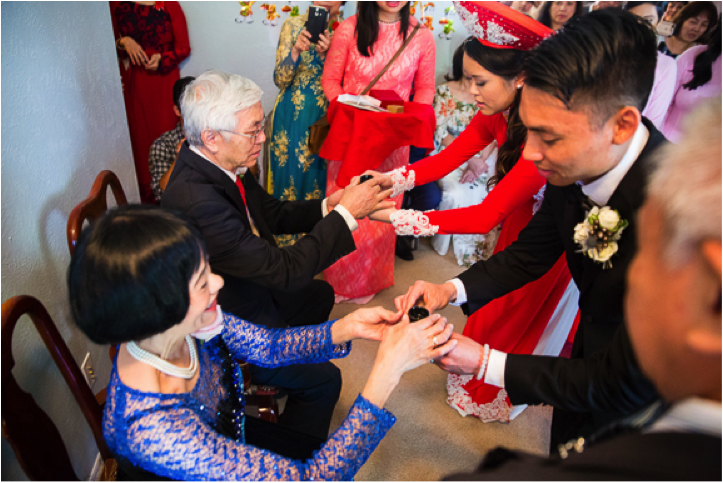
Between 1980 and 2014, the Asian immigrant population in the U.S. grew from 2.5 million to 12.75 million. When you include American-born Asians, the population rockets up to 20.4 million (as of 2015). Projections show that by 2055, Asians may become the largest immigrant group in the country.
Daniel Kim, a lawyer in Chicago, had only dated non-Asian women before his current wife, Nancy, who was born in Seoul and moved to the U.S. for college. Now, Mr. Kim is asking his firm to second him to its affiliate in Seoul.
Mr. Kim offered the following thoughts on his decision:
“Our daughter is already six. We want her to spend time with her grandparents and learn proper Korean. I grew up in a neighborhood where there weren’t many Asians and it affected how I saw myself. In high school and college, I tried to blend in by suppressing my Korean side. I’m happy for Korean kids growing up today because Asian culture is so mainstream - there’s K-pop, authentic Asian restaurants, popular Asian chefs, even a TV show about an Asian family.”
Aside from the study referenced earlier, there has been very little research looking into why more and more Asian-Americans are starting to marry within their race again. Based on the interviews and personal stories heard throughout, though, it seems like there’s always a common thread of being able to relate on culture and family.
While it may no longer be as important to strictly maintain Asian traditions, couples are finding it easier to connect when they don’t have to overly explain things to their partner. For example, why their demeanor changes in the presence of elders or why it’s so important to spend the New Year with family, instead of out partying with friends.
The emergence and popularization of Pan-Asian identity has certainly also brought Asian-Americans closer together. Although the definition of “Asian” is broad and one conveniently constructed by the U.S. Census Bureau, it has also strengthened the link between Asians across America.

When bubble (or boba) tea emerged on the market, Asians suddenly had something nostalgic to bond over. The tea was reminiscent of their childhood or there was a funny story about it during that one trip when they went to visit family in Vietnam. Tapioca (of which the bubbles are made of) and green tea are popular ingredients in many Asian cuisines, though they may not be served together.
"Karaoke” is another of these “Pan-Asian” activities. It is a common pastime among the Asians and Asian Americans alike, whether one’s heritage is of Japan, Korea, China, Vietnam, or other Asian countries. Most importantly, Asian American and Canadian YouTubers have become the role models of Asians in English-speaking countries, defying the whitewashing of the mainstream media. Fung brothers are of the Cantonese Chinese heritage but their channel features topics from different Asian & Asian American groups, building a huge Pan-Asian audience base of nearly 2 million subscribers.
Carolyn and Hanh, a Vietnamese-American couple who met on EME Hive, says that their first conversations revolved around Korean food and going out to eat. There was an inexplicable effortlessness to their conversations that they had not experienced with previous partners.
“Now our mothers call each other almost every day. They’re like best friends and they probably talk about us behind our backs,” Carolyn laughed.
Perhaps this kind of closeness between in-laws isn’t what most couples desire but there’s something to be said about being able to blend two families together without culture clashes.
